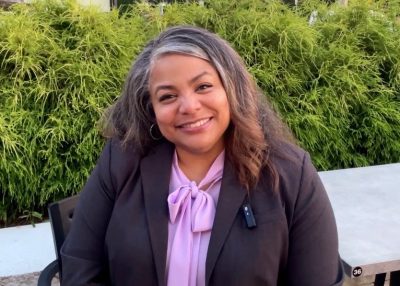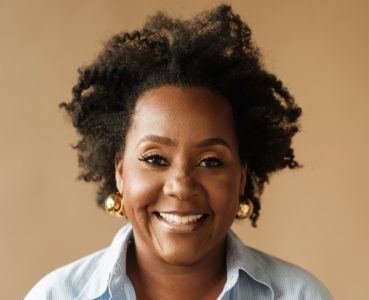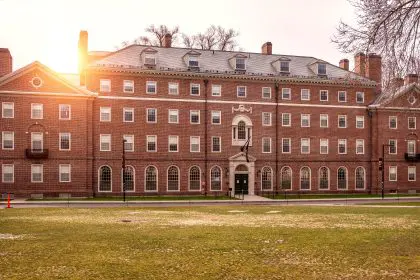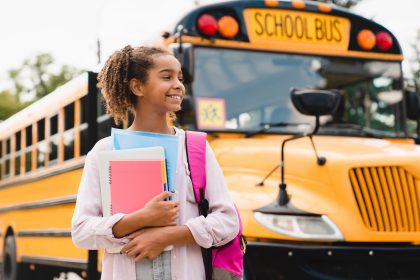Christina Swarns, executive director of the Innocence Project, has dedicated her career to criminal justice reform. From her start as a public defender in Manhattan to her current position, Swarns has been instrumental in challenging wrongful convictions and changing perceptions of the criminal legal system.
Swarns explained to rolling out how the nonprofit organization has evolved.
What led you to pursue a career in the legal system?
Well, I’ve been involved in criminal justice reform work my entire career since I graduated from law school. It has been the centerpiece of my entire professional life. When I graduated from law school, I started as a regular trial public defender in Manhattan. I then moved on to doing death penalty work at the Federal Public Defender’s Office in Philadelphia. I then went to the NAACP Legal Defense Fund where I worked on race and criminal justice issues. I then spent a couple of years running an appellate defender office called the Office of the Appellate Defender, a wonderful place. Then for almost the last three and a half years, I have been running the Innocence Project.
What is the Innocence Project?
The Innocence Project was founded in 1992, a year before I graduated from law school. At that time, most people in the country didn’t believe that innocent people were being wrongfully convicted in criminal courts across the country. The Innocence Project came on the scene, founded by Barry C. Scheck and Peter J. Neufeld with the hypothesis that we could prove that people were being wrongfully convicted if we used DNA technology. That gamble has paid off extraordinarily. Since 1992, over 3000 people have been exonerated in the country. The office they created, has exonerated over 240 some odd folks. It has also changed the way the whole country views the criminal legal system.
How do they test DNA accurately, if the crime happened years before?
First, you have to find cases where the evidence still exists. In 1992, it wasn’t such a priority to maintain evidence in the best conditions. In many instances and still today, we have cases that we think are important and can exonerate someone, but the evidence has been lost, destroyed or degraded because it hasn’t been maintained in a way that allows it to be tested. We’ve got these extraordinary scientists that come in and extract DNA from crime scene material. Then it’s tested in a lab.
How has the Innocence Project evolved from 1992 to now?
In 1992-1993, no one would have believed that people were confessing to crimes they didn’t commit. Once you prove through science that someone is innocent, even if we have confessions in those cases, it ends with principles that had been fundamental to the criminal legal system. One of the big takeaways from this is that the introduction of DNA and this phenomenon of exonerations required the entire system to second-guess a lot of aspects of evidence that we thought were rock solid. It’s changed the way we look at evidence and the way we evaluate evidence in criminal courthouses.

















